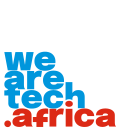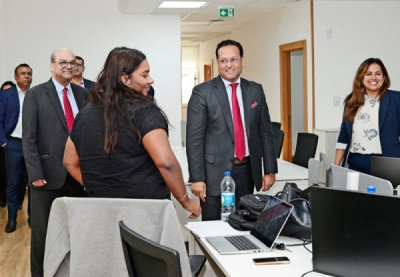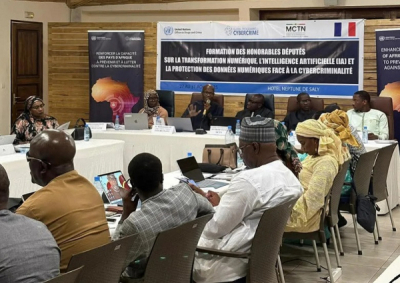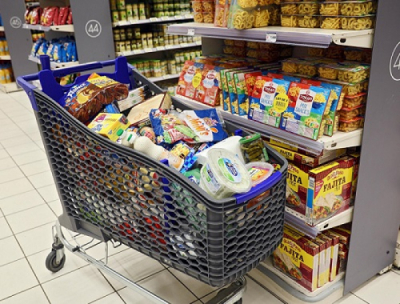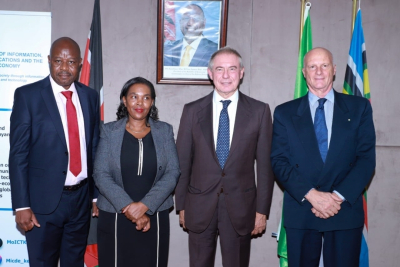• Mobile money and online banking are driving digital finance growth across Africa.
• Interoperable systems in Ghana, Nigeria, and Kenya show strong adoption and economic impact.
• Challenges remain with digital access, cybersecurity, and regulatory harmonization.
Africa’s financial sector is undergoing rapid change with the rise of mobile money and digital banking. At the center of this shift, interoperable instant payments -systems that enable transactions across banks and mobile operators- are emerging as a key driver of financial inclusion and regional trade.
According to the World Bank, about 350 million adults in sub-Saharan Africa remain unbanked. Mobile money has helped bridge part of this gap, with 44% of adults holding an account in 2024, compared with the global average of 29%, the latest Global Findex 2025 report shows.
Several countries have taken major steps to build interoperable payment systems. In Ghana, the GhIPSS platform connects banks and mobile operators, handling an average of 17.9 million instant transactions per month since December 2022, involving more than 55 financial institutions.
In Nigeria, the NIBSS platform processed interbank instant payments worth 600,360 billion nairas (around $390 billion) in 2023. In Kenya, M-Pesa continues to dominate, accounting for nearly 55% of GDP, according to the Fintech Association of Kenya.
More recently, Sierra Leone, the Comoros, Somalia, and Algeria have announced national interoperable payment systems, adding to the continent’s growing financial infrastructure.
These efforts also support the African Continental Free Trade Area (AfCFTA) by making cross-border transactions cheaper and faster. The Pan-African Payment and Settlement System (PAPSS) reflects this trend, enabling central banks and financial institutions to make real-time payments in local currencies, lowering costs and delays while deepening integration. According to the GSMA, mobile money transactions in sub-Saharan Africa reached $190 billion in 2023, or 4.5% of regional GDP, up from $150 billion in 2022.
Challenges ahead
Interoperable instant payment systems are boosting financial inclusion, lowering transfer costs, encouraging fintech and e-commerce innovation, and strengthening regional integration. They also help states track financial flows and secure transactions, reinforcing digital sovereignty.
But hurdles remain. The digital divide is still wide, especially in rural areas with weak Internet coverage. Cybersecurity risks such as fraud, hacking, and data theft continue to undermine trust. And the lack of harmonized regulations slows the rollout of cross-border solutions.
To unlock the full potential, African countries need to expand digital infrastructure, step up cybersecurity, train populations in digital finance, and move toward unified regulation. With smartphone penetration in sub-Saharan Africa projected to reach 87% by 2030, these initiatives could bring millions into the financial system, support intra-African trade, and speed the transition toward an integrated digital economy.
